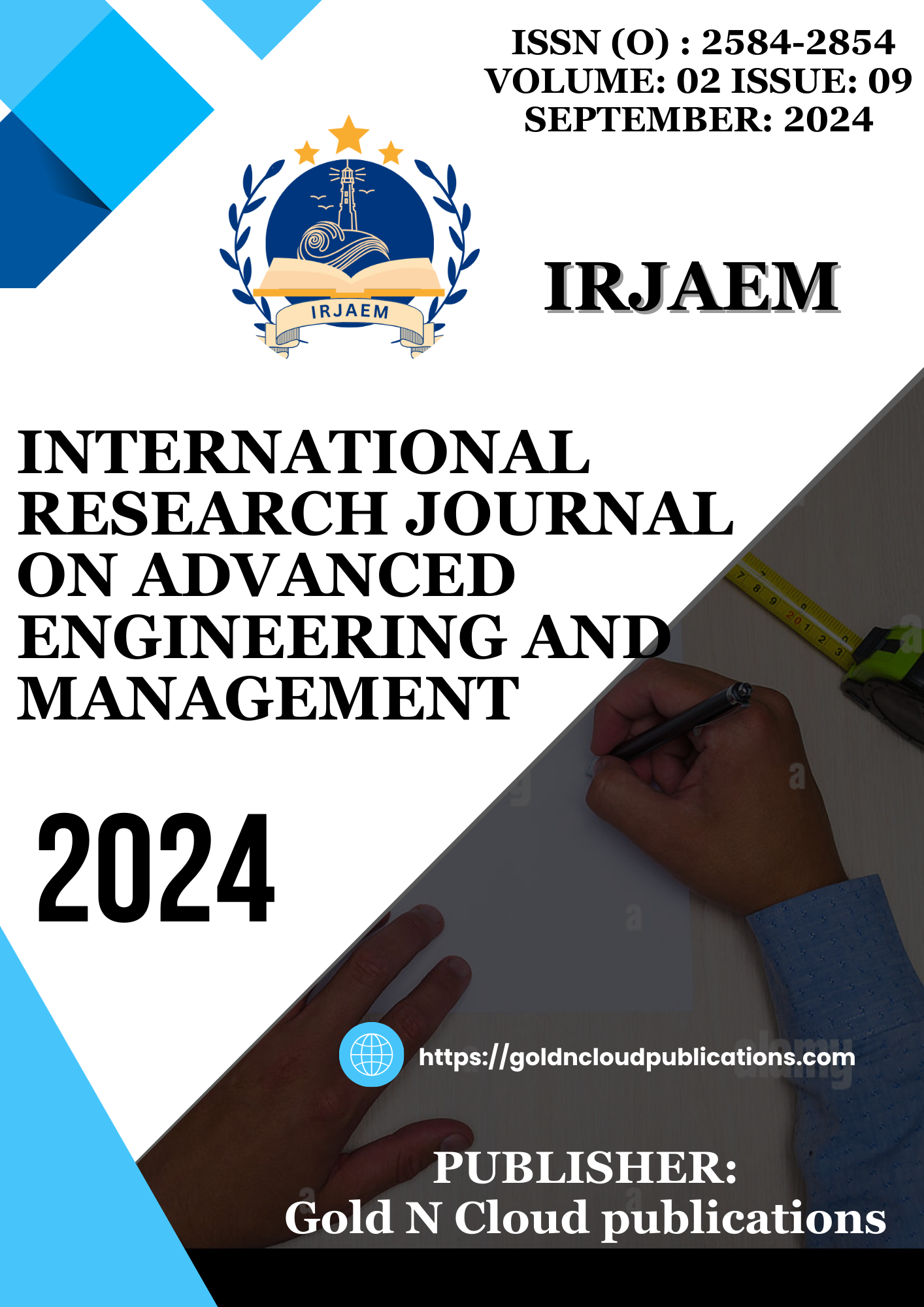Unveiling the Kilonova of GRB 211211A: A Unique Long-Duration Gamma-Ray Burst from a Compact Object Merger
DOI:
https://doi.org/10.47392/IRJAEM.2024.0412Keywords:
Kilonovaassociate GRBs, Long-GRBs, GRBsAbstract
GAMMA-ray bursts (GRBs) are among the most fascinating phenomena in modern high-energy astrophysics. In the late 1960s, the Vela military satellite system made an unexpected discovery of GRBs. The GRBs are classified into two types: short GRBs and long GRBs. In this study, we examined a lengthy GRB, 211211A. The data were examined with several astrological techniques. We present the detection of a kilo nova connected with the close (350 Mpc) minute-duration GRB 211211A. The finding of a kilo nova at 17.7 days post-burst proves that the burst's progenitor was a compact object merger, as deep optical limits rule out the presence of an accompanying supernova with MI> −13 mag. GRB 211211A's gamma-ray light curve resembles prior extended emission short GRBs (EE-SGRBs), but its prompt, brilliant spikes endure ≳12 s, distinguishing it from earlier EE-SGRBs. GRB 211211A's kilo nova is identical in intensity, duration, and color to AT2017gfo, which was discovered in conjunction with the gravitational wave (GW)-detected binary neutron star (BNS) merger GW170817.
Downloads
Downloads
Published
Issue
Section
License
Copyright (c) 2024 International Research Journal on Advanced Engineering and Management (IRJAEM)

This work is licensed under a Creative Commons Attribution-NonCommercial 4.0 International License.


 .
. 